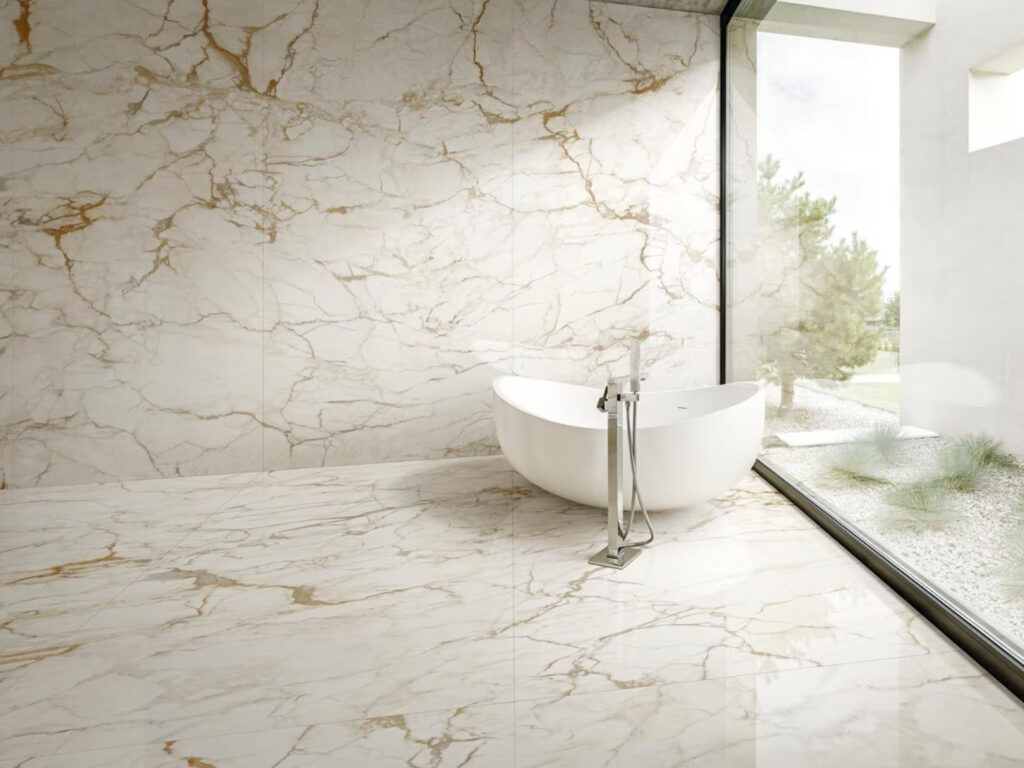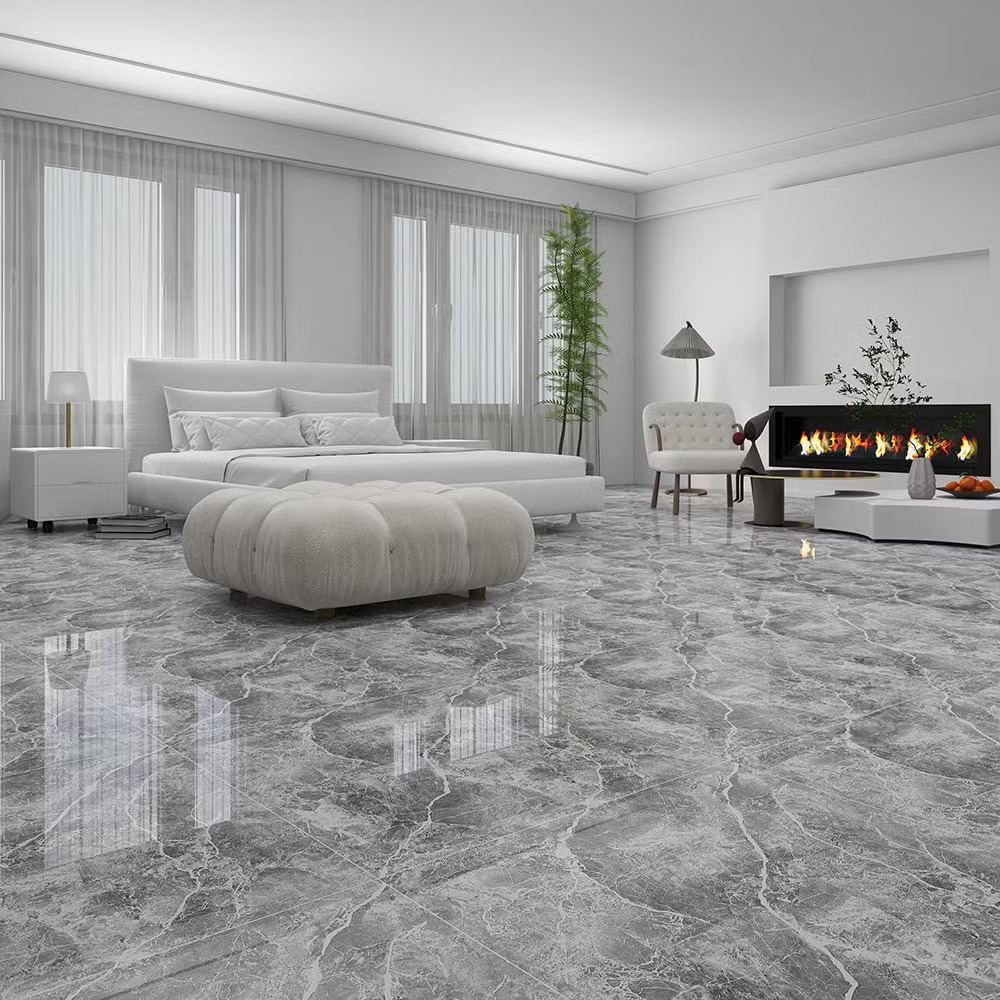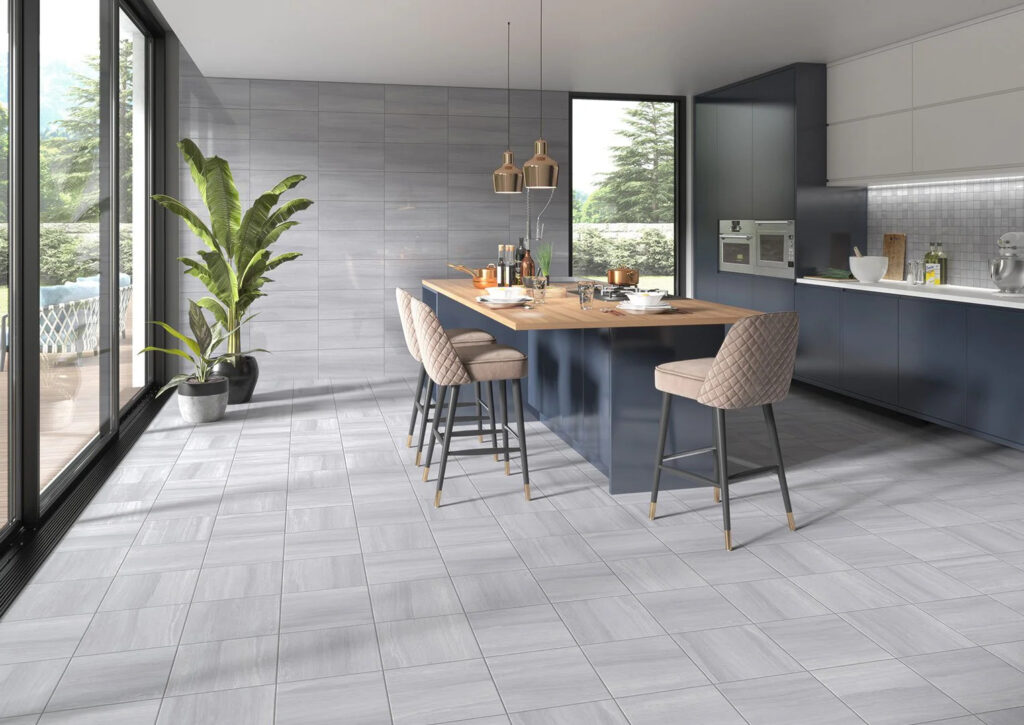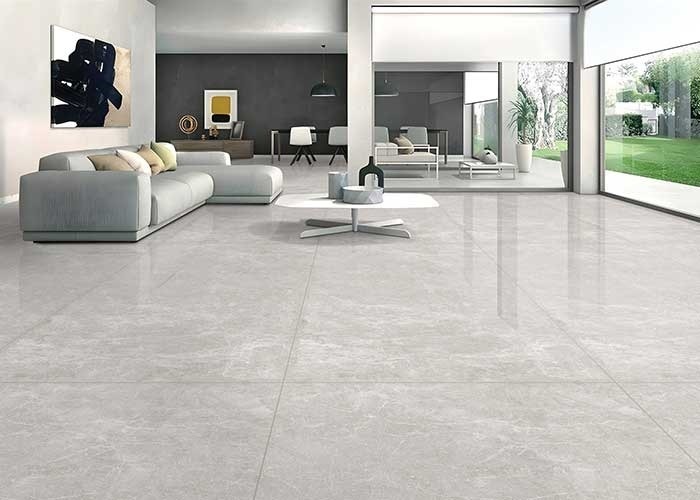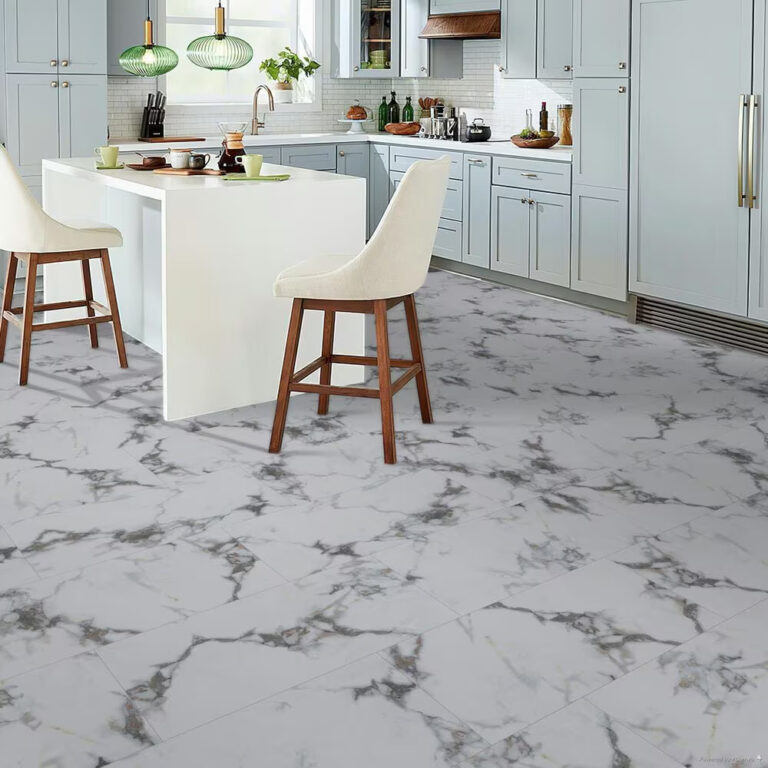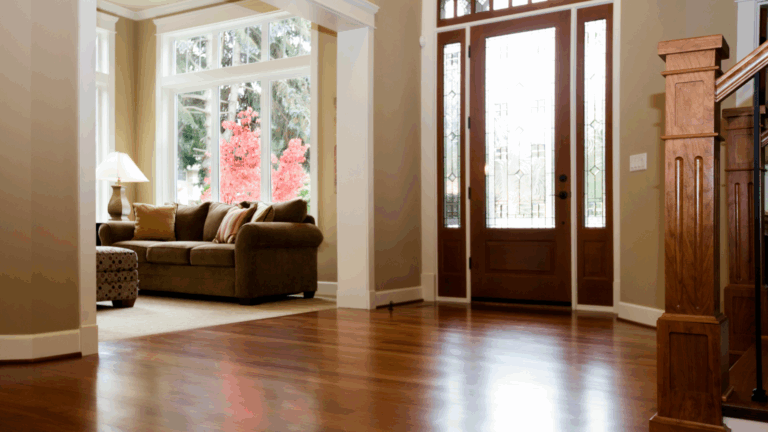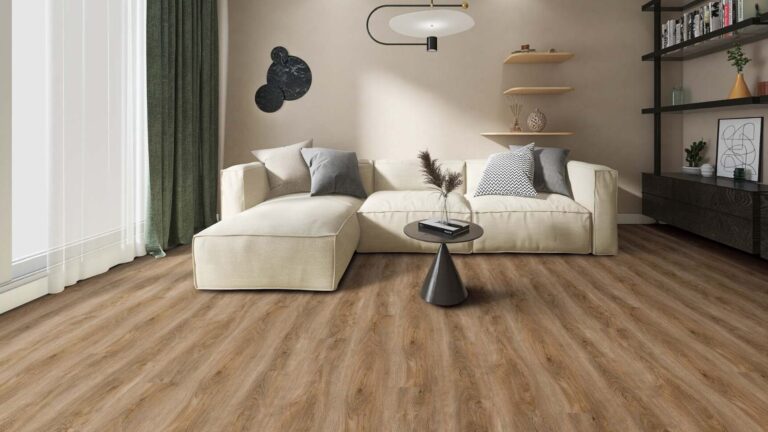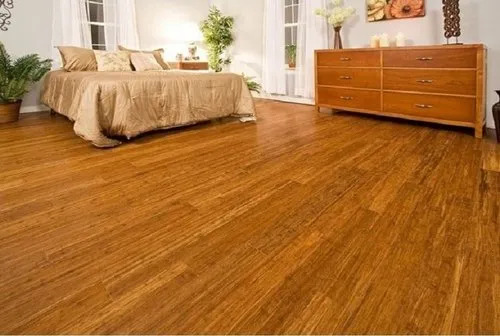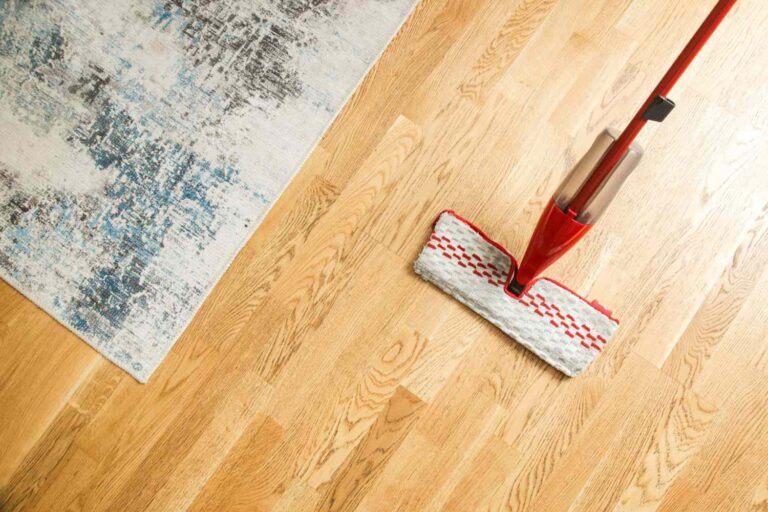When it comes to selecting the right tiles for your flooring, walls, or exterior surfaces, porcelain and ceramic tiles are two of the most popular and widely used options. Both are versatile, durable, and available in countless styles and finishes making them suitable for everything from modern homes to commercial spaces.
At a glance, porcelain and ceramic tiles may appear nearly identical. They’re both made from natural clay, fired in kilns, and often glazed for a sleek finish. However, the differences between them ranging from water absorption rates and density to strength and ideal placement can significantly impact their long-term performance and suitability for specific applications.
Whether you’re renovating a bathroom, tiling a high-traffic hallway, or looking for the perfect outdoor flooring solution, understanding these distinctions is crucial. The wrong choice could lead to unnecessary maintenance, premature damage, or even costly replacements down the line.
What Are Porcelain and Ceramic Tiles?
At their core, both porcelain and ceramic tiles belong to the larger family of clay-based tiles, crafted by shaping and firing natural materials in a kiln. While they share similarities in appearance and usage, the key differences lie in their composition, manufacturing methods, and performance characteristics, factors that influence where and how each type should be used.
Porcelain Tiles
Porcelain tiles are crafted from a highly refined, purified clay base, often enhanced with natural minerals such as feldspar, quartz, and silica to increase strength and durability. These materials are finely ground and blended to create a uniform, high-quality mixture. The tiles are then formed under high pressure and fired in kilns at extremely high temperatures, typically above 1200°C (2192°F). This intense firing process causes vitrification, which makes the tile exceptionally dense, hard, and significantly less porous than other ceramic options. As a result, porcelain tiles are highly resistant to moisture, stains, and wear, making them ideal for both indoor and outdoor applications, including high-traffic and wet areas.
Key Features:
- Low water absorption rate (usually less than 0.5%)
- Exceptional strength and durability
- Resistant to stains, scratches, and moisture
- Suitable for both indoor and outdoor use, including high-traffic areas
- A great match for heated tile flooring installations
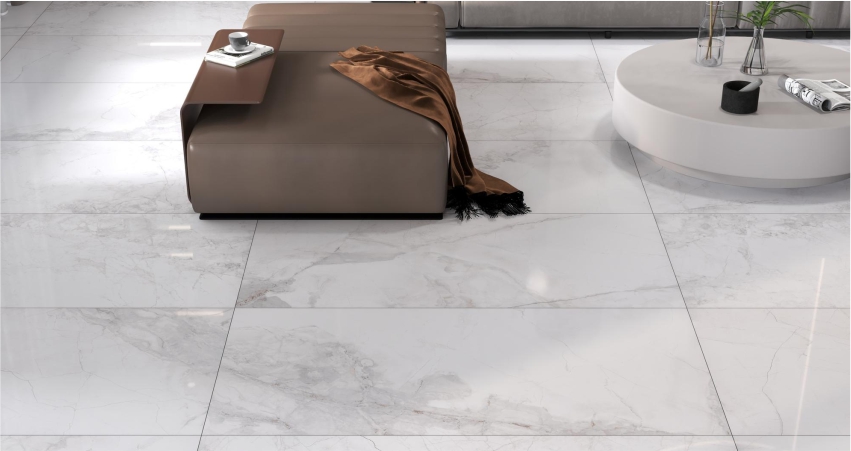
Ceramic Tiles
Ceramic tiles are made from natural clay that is typically less refined than the clay used in porcelain tile production. This clay is mixed with water and other natural materials, then molded into shape and fired at lower temperatures, usually between 1000°C and 1100°C (1832°F to 2012°F). Because of the lower firing temperature and coarser raw materials, ceramic tiles are generally softer, lighter, and more porous than porcelain. These qualities make them easier to cut, shape, and install, especially for DIY projects. However, their higher porosity means they are more susceptible to moisture absorption and wear, making them better suited for indoor, low-traffic areas rather than outdoor or high-moisture environments.
Key Features:
- Higher water absorption than porcelain
- Easier to work with for DIY or interior wall installations
- Typically more affordable
- Available in a wide range of colors, patterns, and textures
- A common choice for laminate flooring lookalikes and decorative interior styles
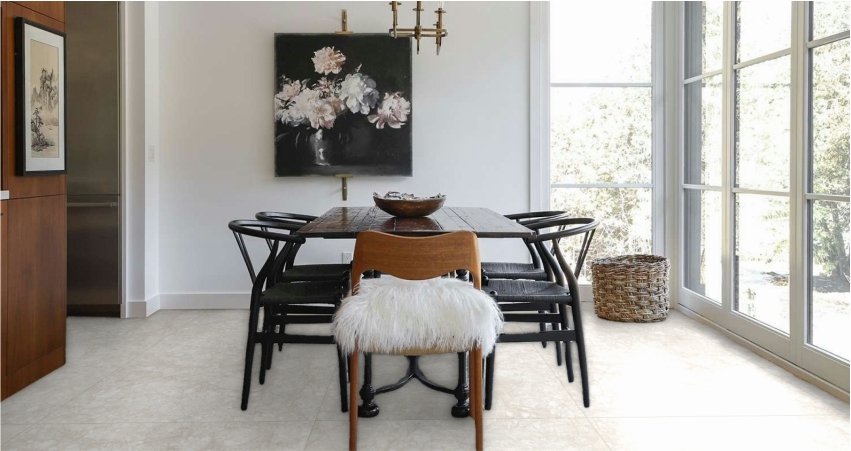
Key Differences Between Porcelain and Ceramic Tiles
| Feature | Porcelain Tile | Ceramic Tile |
| Water Absorption | Less than 0.5% (very low) | More than 0.5% (higher absorption) |
| Durability | Extremely durable and hard | Durable, but softer than porcelain |
| Porosity | Very dense and non-porous | More porous, may require sealing |
| Cost | Generally more expensive | Budget-friendly |
| Ease of Cutting | Harder to cut and install | Easier to cut for DIY projects |
| Best Use Areas | Outdoor, high-traffic, moisture-prone | Indoor, low to moderate traffic areas |
Best Places to Use Porcelain vs. Ceramic Tiles
When deciding between porcelain and ceramic tiles, the right choice depends on where you plan to install them, how much wear and tear the surface will face, your budget, and whether you’re planning a DIY project or hiring professionals.
Choose Porcelain Tiles If You:
- Need superior durability and moisture resistance for areas like bathrooms, kitchens, balconies, laundry rooms, or commercial spaces with heavy foot traffic.
- Are working on outdoor surfaces such as patios, decks, or walkways, where tiles are exposed to rain, sun, and temperature fluctuations.
- Prefer low-maintenance tiles that are resistant to stains, scratches, and spills, especially useful in households with kids or pets.
- Are willing to invest a little more upfront for long-term performance and fewer repairs or replacements over time.
- Want a sleek, uniform finish that works well in modern, high-end interiors or minimalist designs.
According to the IPA Laboratories, Standards define porcelain tile as an impervious tile with a water absorption of 0.5% or less, as the ASTM C373 test method measures. However, entities advertise and sell tile not meeting this standard as porcelain tile in many instances. Porcelain tiles can also complement durable flooring solutions like vinyl plank flooring or Pergo flooring in unified designs.
Choose Ceramic Tiles If You:
- Are tiling indoor spaces like living rooms, bedrooms, dining areas, or backsplashes, where moisture and foot traffic are minimal.
- Prefer a tile that’s lighter, easier to cut, and more forgiving for DIY installations—ideal for weekend renovation projects.
- Are looking for a cost-effective solution that still offers a wide range of attractive colors, textures, and finishes.
- Want more design flexibility with a classic or rustic look, especially in heritage-style or traditional interiors.
They also pair beautifully with interior finishes like carpet, bamboo, or cork flooring for a cozy, layered feel.
Need Help Choosing the Right Tile? We’ve Got You Covered.
Making the right choice between porcelain and ceramic tiles can feel overwhelming, but you don’t have to do it alone. At Allison’s Flooring Installation, we specialize in helping homeowners and business owners across Louisville, KY, find the best flooring solutions for their space, needs, and budget.
Call (502) 794-2620 today to speak with a flooring expert or schedule your free in-home consultation.

